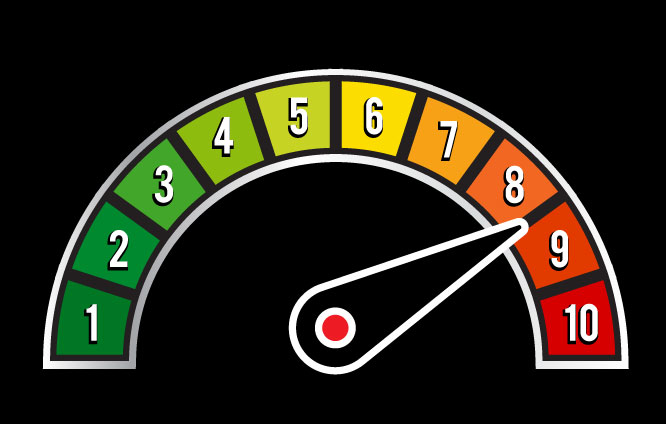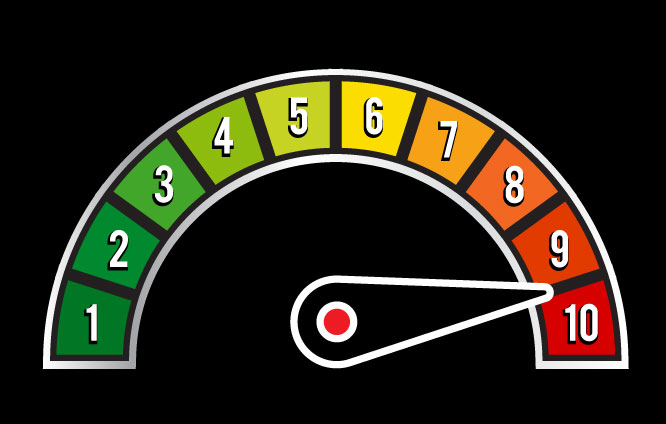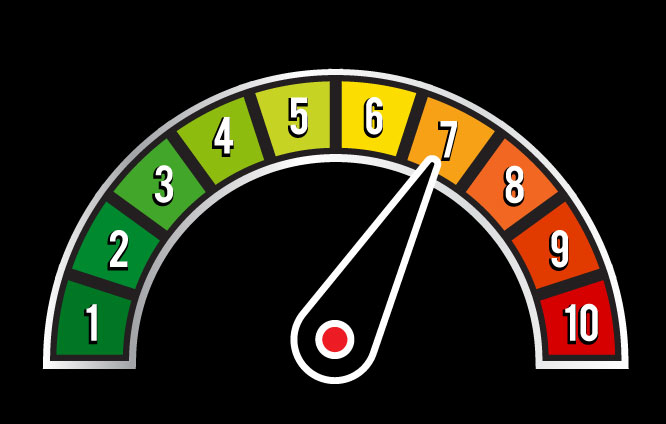Workout Types
Workout Types are meant to provide a quick reference guide when looking at your workout. By knowing and understanding the Workout Type, we can quickly and easily understand the workout’s intention and allow athletes a birds eye view of what to expect from a workout. The Workout Types apply to the “Workout” section of the day only, and they do not consider any Strength, Skill, Accessory, etc elements around the Workout. The Workout Type is not meant to replace a deep understanding of the Workout or the Stimulus. On occasion there might be some debate whether a Workout falls into one Workout Type or another. Our goal will be to choose the best fit based on the intention of the Workout.

THRESHOLD
Threshold workouts are typically designed to be performed at a pace that the athlete can sustain across the entire workout. They can be long or short, heavy or light, low volume or higher volume. They should be performed at a pace that forces high, yet sustainable effort. These workouts are as successful because it pushed our work threshold/limit at a sustainable effort. These are the bread and butter of our weekly CrossFit training and a majority of what you will see in competitions or the CrossFit Open. On your exertion Scale you should be thinking around the 8-9 level.

SPRINT
Sprint workouts are typically designed to be performed at or near max intensity during the entire work period or periods. They are usually short, fast-paced, and very intense. In most SPRINT workouts, we are purposefully asking the athlete to move at an unsustainably fast pace. We typically want to avoid long rests while, slow transitions, and any breaks. Don't be confused, sprint workouts CAN contain rest periods, however these are planned intervals and strategic so we can come back for more rounds with that "all out" effort in tact. When a SPRINT workout shows up, we want athletes to go fast and go hard. This is a 9-10 on your exertion scale.

GRIND
Grind workouts are typically designed to test an athlete's physical, mental, and emotional grit. They are typically long, tough, and designed to wear the athlete down. In most GRIND workouts, we are intentionally trying to make the athlete uncomfortable. Because of this, we must find a sustainable pace throughout in order to succeed. In a GRIND workout, athletes could be faced with a combination of high, moderate, or low intensity work. For most , these workouts should be performed at or adjusted to create a physical and mental challenge relative to their fitness, experience, and overall capacity. When a GRIND workout shows up, we want athletes to push through some of the discomfort and reach a new level of perseverance.

PACER
A Pacer style workout is generally designed to improve stamina over longer periods. These workouts are typically the longest workouts we will perform in our training. Picture a marathon runner who is constantly looking down at her/his watch to make sure they're on "pace" with their split times. A Pacer will train athletes to slow their heart rate down to a pace that is sustainable over along period. Our exertion level should be somewhat reserved throughout most of these style workouts and ramp up towards the end to finish strong. These should land you around a 7 on your exertion chart.

PUMP
Pump workouts will typically include a higher level of hypertrophy, skill development, and will consist of more "strict" style movements leaving you feeling more "pumped up" than aerobically gassed. They can be long or short, heavy or light, low volume or higher volume. In most PUMP workouts, we are purposefully reducing the intensity and increasing the intention and integrity of the movements. This trade-off allows for the athlete to better feel the movement, practice the positions, or execute with higher levels of control from their body or any external objects. PUMP workouts prioritize the strict strength of movement over speed, loading, and intensity. When a PUMP workout shows up, we care less about the “score” and more about the intention.